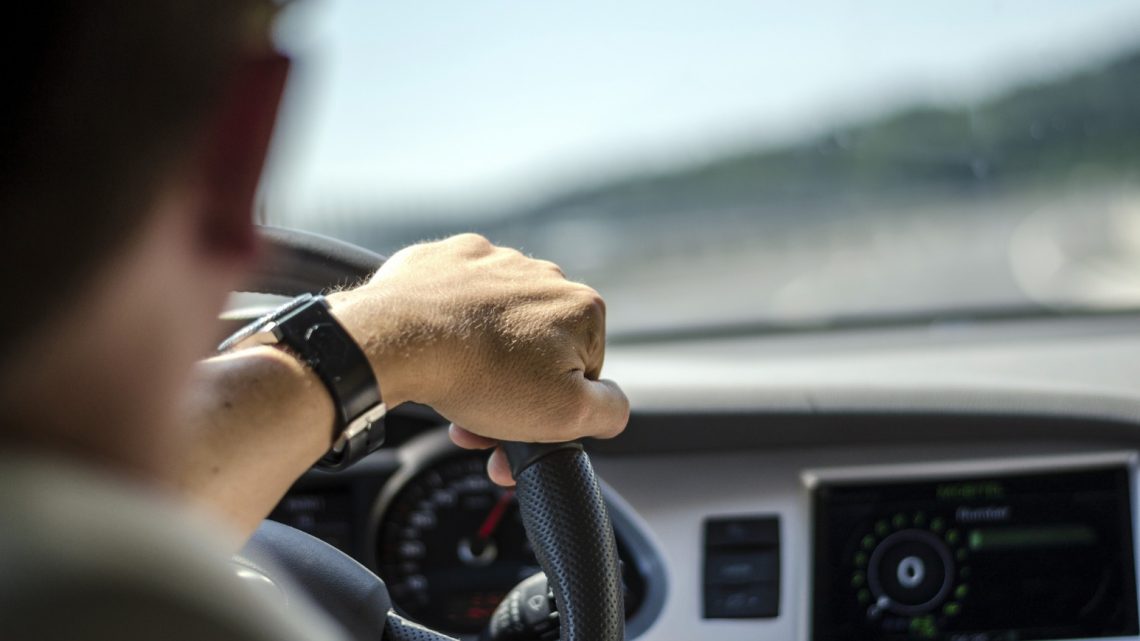Leasing has become a popular choice for car buyers who want to drive a new car without a long-term commitment of ownership. It offers unique advantages compared to buying or financing a vehicle, but it’s essential to understand how leasing works- especially when faced with an unfortunate event like a car accident.
What is a Leased Car?
A leased car is a “purchase” choice in which you don’t own the vehicle, but rent for a specific period. Lease periods generally last for two to three years. During the lease term, you make monthly payments and are responsible for maintenance and insurance. Though, many dealerships offer maintenance services as an added incentive to attract buyers. At the end of the term, the lessee has the option to return the car, purchase it, or extend the lease.
Benefits of Leasing
Leased vehicles typically offer lower monthly payments, warranty coverage for most of the lease term, and the flexibility to drive a new car every few years. However, when accidents occur, lessees may face some unique challenges.
Accidents and Leased Cars
Accidents can happen at any time, whether you own or lease a car. Here are some important considerations to keep in mind if you lease your car or are thinking about leasing.
After an Accident, You May Be Responsible for Some Damages
After a car accident in a leased car, the insurance company will investigate the claim. After investigation and appraisals, the insurance company will deem the car either repairable or a total loss. If the car is repairable, the insurance company will pay for the repairs. If the car is a total loss, the insurance company will pay you the actual cash value of the car.
If the insurance payout is less than the amount you owe on the lease, you will be responsible for paying the difference. This is where gap insurance can be helpful. With this insurance option, the difference between actual cash value of the car and amount owed on the lease would be covered.
If you don’t have gap insurance and can’t pay the difference, you may be able to negotiate with the leasing company. Typically, you can arrange to roll the amount you owe into a new lease or walk away from the lease early.
What to Do After an Accident
- Report the Accident: Immediately after the accident, report it to the local authorities. They will create an accident report which is often required for insurance claims.
- Contact the Leasing Company: Next, get in touch with your leasing company. They need to be informed of the accident, and should follow their instructions for handling the situation.
- Insurance Claim Process: Contact your insurance provider to initiate the claims process. Provide all the necessary documentation, including the accident report, images of the damage, and a repair quote if possible.
- Hire a Lawyer: If the accident results in significant damage, injuries, or disputes with another party, it may be best to get a consultation with an attorney. According to Roberts & Spiegel, a Fresno car accident lawyer, victims would benefit from evidence collection, determining a settlement amount, and insurance negotiations associated with hiring legal help.
Repairing the Leased Car
Repair Process
Follow the guidance of your insurance company and leasing company when it comes to repairs. They may have specific authorized repair shops to ensure the quality of the work.
Financial Responsibility
Even if your car is being repaired in the shop, you are still locked into your lease contract. You are expected to continue to make payments, as well as cover any deductibles for repairs.
A Smart Choice for Many
Getting into a leased car is a smart choice for many buyers, considering the wide range of benefits and flexibility it provides. The risk of car accidents can be daunting, but with the right approach, buyers can navigate the situation effectively.



No Comment